Rim width and tire width are two closely related sizes. Flexible tire sidewalls alow a single tire size to be mounted on a rim of various widths.
Actually, there is an approved rim width range for every tire size, but on the other side, there is a tire width range for every rim size, specifically, rim width.
Note: There are three charts on this page. First chart shows tire widths adequate for a certain rim width and tire aspect ratios. The other two charts are doing the same but in a separate table for each rim width; inside the table data is ordered by tire width or tire aspect ratio.
When replacing a rim or a tire with a wider one you could ask a question in two different ways:
The answer would be: "Rim widths corresponding to the tire size 195/65 R15 are: 5.5, 6.0, 6.5 and 7.0 inches". The information related to other tire sizes can be found in Wheel/Rim Size Calculator or Rim Width Range and Measuring rim for Tire Size chart.
If you want to mount a wider or a narrower tire on the existing rim you could ask the question:
For example, appropriate tire widths for the 6" rim are from 175mm to 225mm. That's answer you can find in the charts below this text.
When replacing OE(original equipment) tire with a wider one, aftermarket tire, the width of rim should be taken into consideration because each rim width corresponds to only a few tire widths.
The charts presented below could help you to make the rational decision about the tire width you need for the given wheel/rim width.
But, please consider that the resulting tire list lacks certain tire sizes, so it should not be treated as complete. When we say tire size in this context(relation between tire width and rim width), we mean only on tire width(i.e., section width) and tire aspect ratio/series, there is no rim diameter. Tires presented in the list should not be all considered suitable for your car, because only a few of them or maybe, only one would satisfy a requirement that their overall diameter should be almost the same as your OE (original equipment) tire diameter. The data presented in the charts is only for the passenger car metric tires.
The data presented in the charts is only for the passenger car metric tires.
NOTICE: These charts do not represent complete or ultimate solution for this particular purpose, they are only a reference.
So, when you find tire sizes, i.e., tire width and series combinations that fit your wheels/rims, use our Tire Size Calculator – Tire Dimensions to compare them with your OE Tire size to ensure that the selected tires circumferences or diameters do not deviate too much from the OE tire circumference or diameter. This is extremely important for many reasons.
The charts, as an addition to our tire4rim calculator, should be used along with our rim4tire calculator, which complement each other. If you choose a tire size in these charts or in the Tire size for rim size calculator, do one more check in the Wheel/Rim size calculator(or in the chart: Rim width range and Measuring rim width for Tire Size) for the selected tire size, to double check if the selected tire size has your rim in
the acceptable rim width range.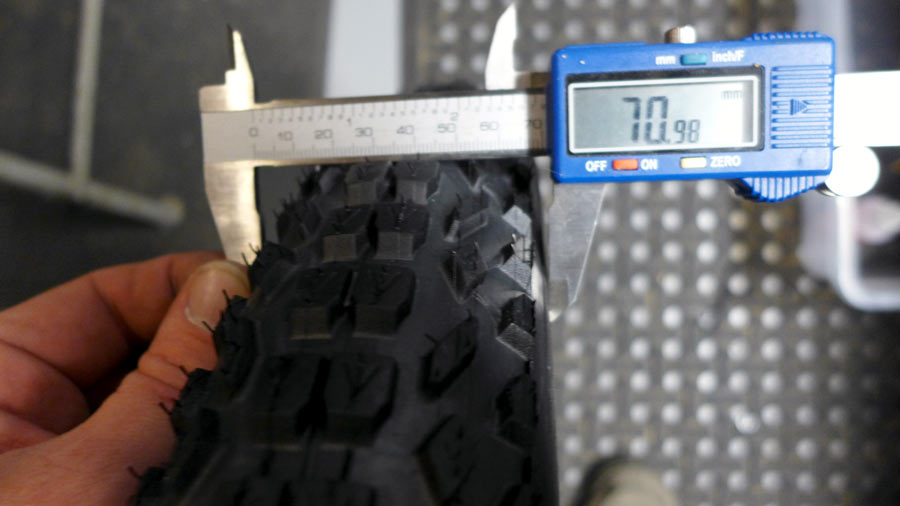
Find more relevant information below these charts.
Can I mount a smaller tire width than the one presented in the chart as the smallest, for the specific rim width?
Notes: A Tire with higher profile(series) for the same tire width or the same profile for a wider tire width, has a higher tire sidewall, that means more comfortable ride. Wider tires create more traction on the road, resulting in reducing fuel economy.
Disclaimer:
Please note that these charts should be used only as a reference and they should be verified with tire/wheel manufacturers. They are for informative purposes only. The tyresizecalculator.com is not responsible for any errors that may arise with their usage.
In the charts, every tire width and aspect ratio combination, listed below the certain rim width, could be mounted on the rim width, but the question is: which tire width is the best fit to the rim width?
The tire Measuring Rim Width, which stems from the tire size could help. You already have the tire width, the aspect ratio, the rim diameter you want to use, that is, you have the full tire size. if your rim width is closer to the measuring rim of selected tire, it's more likely that the chosen tire would fit your rim.
You already have the tire width, the aspect ratio, the rim diameter you want to use, that is, you have the full tire size. if your rim width is closer to the measuring rim of selected tire, it's more likely that the chosen tire would fit your rim.
Every tire size has its own Measuring Rim (check the Measuring Rim Width for a tire size by clicking the previous link). In other words, the nominal tire size(imprinted on a tire sidewall) becomes the real tire size when fitted on the appropriate Measuring Rim.
For the specific rim size and adequate tire dimensions try out our Tire size for rim size/width calculator which tells you what tire sizes to pick for entered rim size(i.e., rim width).
The charts in this article show what tire width and series combinations fit to the specific wheel/rim width i.e., they show the tire width range for the given rim width.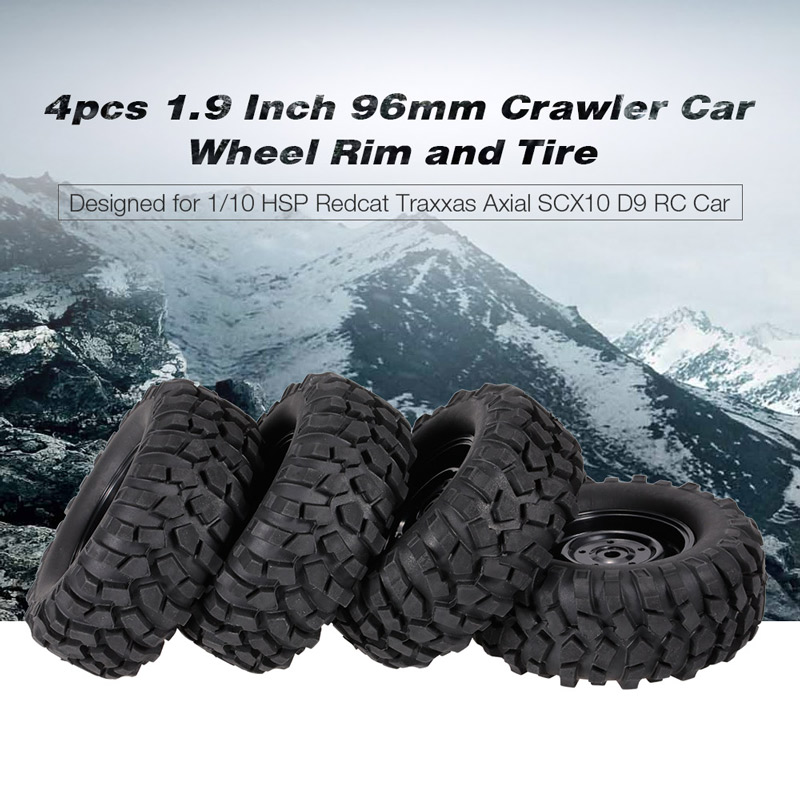 E.g., for the 7" (inch) rim width, following tire widths can be fitted: from 195mm to 255mm.
E.g., for the 7" (inch) rim width, following tire widths can be fitted: from 195mm to 255mm.
In the charts, beside each tire width, there is one more tire dimension: a tire series. The tire series is the ratio between the tire section height(i.e., tire sidewall height) and the tire section width (i.e., tire width). Series = tire sidewall height / tire width.
If two tires have the same tire width, but different series: the first has 50, the second has 30, that means that the second tire has the smaller tire sidewall height(lower profile) in relation to the first, so rims will be closer to the road.
The tire width, the rim width and the tire series are closely related sizes when we talk about the tire to rim fitment. The reason for this is that for almost every tire series there is a different rim width/tire width ratio(specified by the tire associations). The ratio is used for determining the Measuring Rim for the tire. In other words, a lower aspect ratio means that you could use a wider rim for the same nominal tire width.
Actual tire dimensions depend on a rim on which a tire is mounted. The nominal tire size is imprinted on the tire sidewall, but the tire gets its real dimensions(i.e., real tire size) only when mounted on the rim. That's the reason why a Measuring Rim exists for every tire size.
Next important info is that the tire width changes for about 5mm (2/10") for every 0.5" (inches) change in the rim width, in the Approved Rim Width Range for the tire.
Suppose you have the tire size 195/65 R15 on the 6" (inch) rim width (6"x15"). If you changed the rim to 7"x15", according to the previous rule, when you mount the tire 195/65 R15 on that rim, the real tire width would be 195mm + (2 x 5mm) = 205 mm.
The type of rim, that tire is designed for, is also important.
All these things could affect the overall tire diameter(or circumference), which is important to stay in the permissible limit, during the process of tire replacement.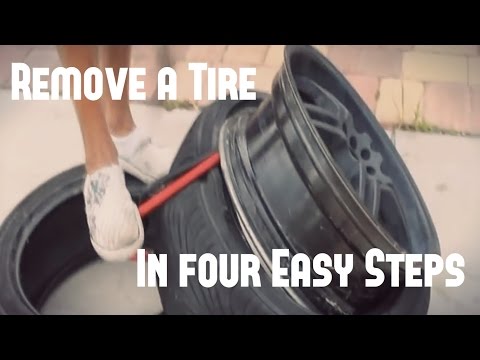
These charts are only for the passenger car metric tires.
The charts are a compilation of data from year books of renowned tire manufacturers, and it might not be in accordance with the newest data, so please, always check the data from these charts with tire manufacturers or tire specialists!
Looking at one chart row, for one rim width, treated as a measuring rim width(MRW), there are various tire widths in columns, designated as aspect ratio(i.e., tire series/profile). In the row, as series rises, the tire width rises also. So, we may say there are the minimum and the maximum tire width for one rim width, but only in the context of the tire series.
If we took only one cell in the row, which contains one tire width, for e.g., the one with the minimum tire width(TW) for observed rim width(RW), could we say that this is the minimum tire width that can be mounted on the rim width? No. The cell contains the real tire width for the rim width, the one which is equal to the nominal tire width/size(imprinted on the tire sidewall), the one we get when the tire with that nominal tire width is mounted on the rim with the rim width.
This doesn't mean we can't mount a smaller tire width than the one showed in the chart as the smallest for the same rim width. How so? For e.g., the row with 9" rim width lists as the smallest tire width, 255mm for AR: 25,30,35 and 40. Is it possible to mount smaller tire width than 255 on that rim? Yes.
In our Wheel/Rim Size Calculator-Shows acceptable rim width range for the tyre size, enter tire size 245/40 R 18, you'll get approved rim width range(ARWR): 8" – 9.5" and measuring rim width of 8.5", which means you can mount that tire size(with 245mm tire width) on 9" wide rim, because it's in the ARWR for that tire size. But, measuring rim width(MRW) for that tire size is 8.5", and we were talking about mounting the tire on the rim width of 9".
A tire gets its final size after being mounted on a rim. Every rim width increase of 0.5" as a result has tire width increase of 5mm or 2/10", when the tire is mounted.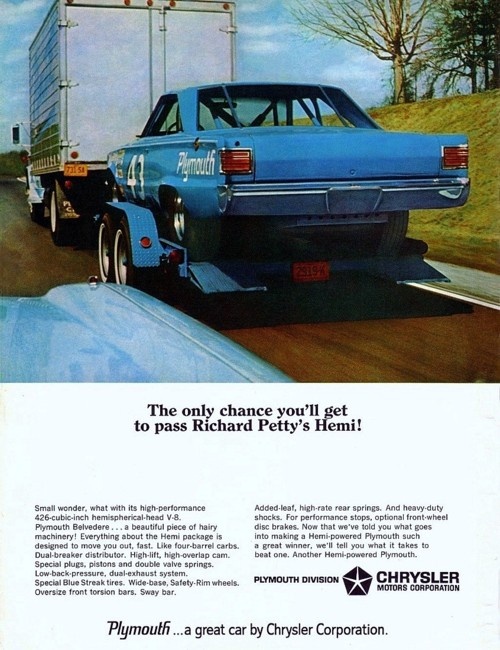 Every tire size has a measuring rim width and an approved rim width range.
Every tire size has a measuring rim width and an approved rim width range.
Hence, when we mount the nominal tire size(imprinted on the tire sidewall) 245/40 R 18, which has MRW equal to 8.5", on the rim width of 9", the real tire size, specifically, real tire width would be 250mm, not 245mm, because the rim on which the tire is mounted is 0.5" greater than the tire MRW.
Related articles:
Flexible tire sidewalls enable the tire to be mounted on slightly wider or narrower wheels/rims. This is the reason why each tire size has a rim width range on which the tire can be mounted.
Standard organizations, European Tire and Rim Technical Organization (ETRTO) and The Tire and Rim Association (TRA) established the rim width range for every tire size. If a rim is too narrow or too wide in relation to the tire width, performance of the tire is significantly reduced and the wheel or tire failure may occur.
Too wide rims improve handling but the ride is harsh because sidewalls do not bend enough on rough surfaces (over potholes and bumps). On the other side, too narrow rims may cause sidewall deformation when fast cornering. All these facts have to be taken into account when selecting adequate rims.
Standard organizations have also developed the measuring rim width for each tire size. The Measuring rim can be defined as the standardized rim for a single tire size (also referred to as "the Measuring Rim", "the Design Rim Width", "the Design Rim", etc.). Due to this fact all tire manufacturers are capable to measure their tires (literally) on the same rim size, when certain conditions for the measurement are met, like the tire pressure, the ambient temperature, the elapsed time from the moment the tire has been fitted on the rim to the measurement time. For example, all tire manufacturers measure the tire size 235/45R17 on the 8 inch wide rim.
When changing tires and/or wheels with their wider or narrower substitutes, the information about appropriate rims for a single tire size can be found in the tire manufacturer's rim conversion charts. There are several rim widths in these charts corresponding to a given tire size(more precisely, tire width), but only one is shown in bold. These rim widths or the approved/recommended rims have one rim width marked in bold that is referred to as the "measuring rim width". The term measuring rim refers to the wheel/rim upon the tire is measured. In other words, the nominal tire size becomes the real tire size when fitted on the appropriate measuring rim.
There are several rim widths in these charts corresponding to a given tire size(more precisely, tire width), but only one is shown in bold. These rim widths or the approved/recommended rims have one rim width marked in bold that is referred to as the "measuring rim width". The term measuring rim refers to the wheel/rim upon the tire is measured. In other words, the nominal tire size becomes the real tire size when fitted on the appropriate measuring rim.
The tire width and the tire series(i.e., tire profile or tire aspect ratio) are closely related tire dimensions when we are talking about the tire to rim fitment. Almost every tire series has its own rim width/tire width ratio(specified by the tire associations). The ratio is used to calculate the measuring rim for the tire size. In other words, a lower aspect ratio means that you could use a wider rim for the same tire width.
Important information is that the tire width changes for about 5mm(2/10") for every 0.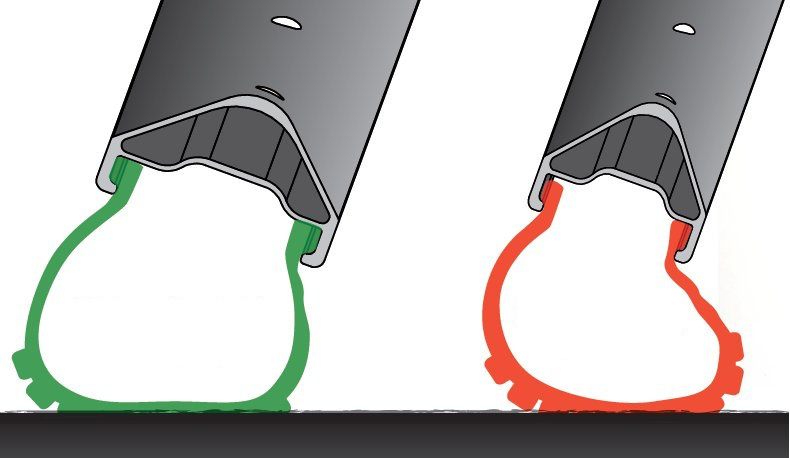 5"(inches) change in the rim width, in the approved rim width range for the tire size.
5"(inches) change in the rim width, in the approved rim width range for the tire size.
You can use our Wheel/Rim Size Calculator which shows the acceptable wheel/rim width range for any given tyre size in accordance with the ETRTO standards and Databooks of the leading tyre manufacturers. It gives You the answer to the question "What rims fit my car?"
Related articles:
I came across an article on one of the foreign sites ... I decided to translate it, Thursday evening is a great time to discuss something like that. Especially against the backdrop of recent holivars in the topic of Olga.
With the advent of new standards, the number of questions regarding the selection of tire width for certain rims has increased. And the article will consider not just the possibility of installing rubber on the rims, but the best combination for maximum functionality and safety. Manufacturers such as WTB, Kenda, Schwalbe, Stan's NoTubes agree with Mavic's classification. Here it is:
Manufacturers such as WTB, Kenda, Schwalbe, Stan's NoTubes agree with Mavic's classification. Here it is:
The second (straight wall) and third (bead lug wall) columns indicate the inner width of the rims. Naturally, this is all relevant not only for the aforementioned brands, but also for all manufacturers that adhere to the ETRTO standard. According to Mavic, the international standardization company is going to make changes to include size groups:
1. tubeless rims/tires for road bikes;
2. rims with hooks for MTB tubeless tires;
3. rims with straight walls for regular MTB tires;
4. straight wall rims for MTB tubeless tires;
5. for wider rims (up to 50 C) for high volume tires (up to 4").
Let's look at WTB's rim/tire compatibility recommendations:
Adding to the current ETRTO standard is actually a very important point In the table above, there are "N/A" values, but this is only because at the moment the standard does not take into account rims with an internal thickness of 29mm.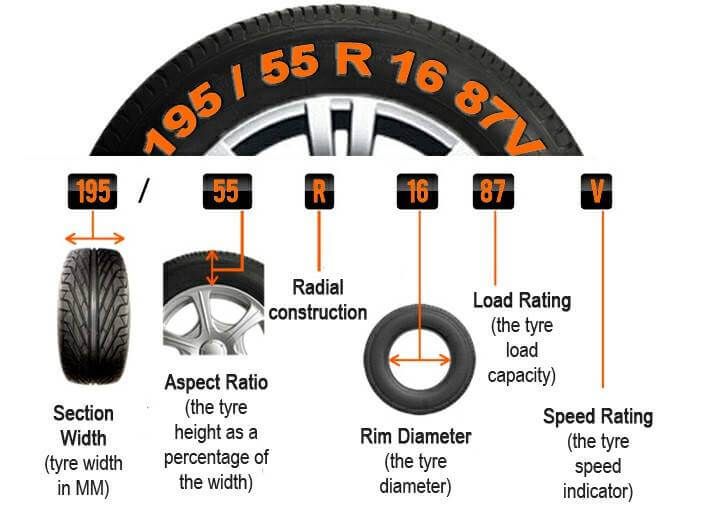 Nevertheless, if a question of compatibility arises, you can safely write to the manufacturer - he will answer, because he himself is interested in this. A little about the numbers on the tires. The first is its width in mm, the second is the diameter of the rim for which it is designed:
Nevertheless, if a question of compatibility arises, you can safely write to the manufacturer - he will answer, because he himself is interested in this. A little about the numbers on the tires. The first is its width in mm, the second is the diameter of the rim for which it is designed:
622mm - 700c & 29" MTB road wheels;
584mm - 650b/27.5" MTB;
559mm - 26" MTB.
Important to remember: the numbers we use 700, 650, 26″, 27.5″ and 29″ are tire outside diameters and have nothing to do with rim size.
Non-standard products
These include, for example, Industry Nine.
Here's how the company's employees explain their views on rim sizes:
“This decision is based on our own experience, tests, feedback from cyclists using our products and professional athletes with whom we work. If the rim is too wide for the tire, then the chances of severely damaging it when hitting a stone, and at the same time ruining the tire, increase significantly.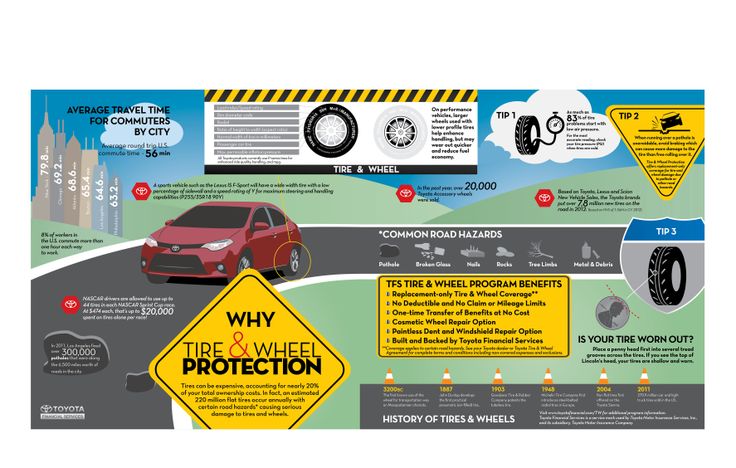
If the tire is too wide for the rim, then if the bike is strongly laid in corners, there is a risk of simply tearing it off. In our products, we have tried to balance everything. However, the weave of the tires may vary. A 2.25" tire can work great on a rim with an internal width of 35mm, however we recommend narrower rims. Not only that, wider rims carry more weight. Those who ride primarily on 2.1-2.25” tires will prefer narrower rims.
Naturally, everything written above is only our recommendations, and not rules that must be followed unquestioningly. The decisive factor in choosing questionable options is safety. No one wants to put a 2.2" tire on a fatbike or put it on our Ultralight rims."
Picture above is from Stan's No Tubes. And more from them:
The "Wide Right" idea, whose logo is visible in both pictures above, suggests an image that reflects the optimal combination of rim and tire.
1. "The shape of the light bulb." Too narrow rim.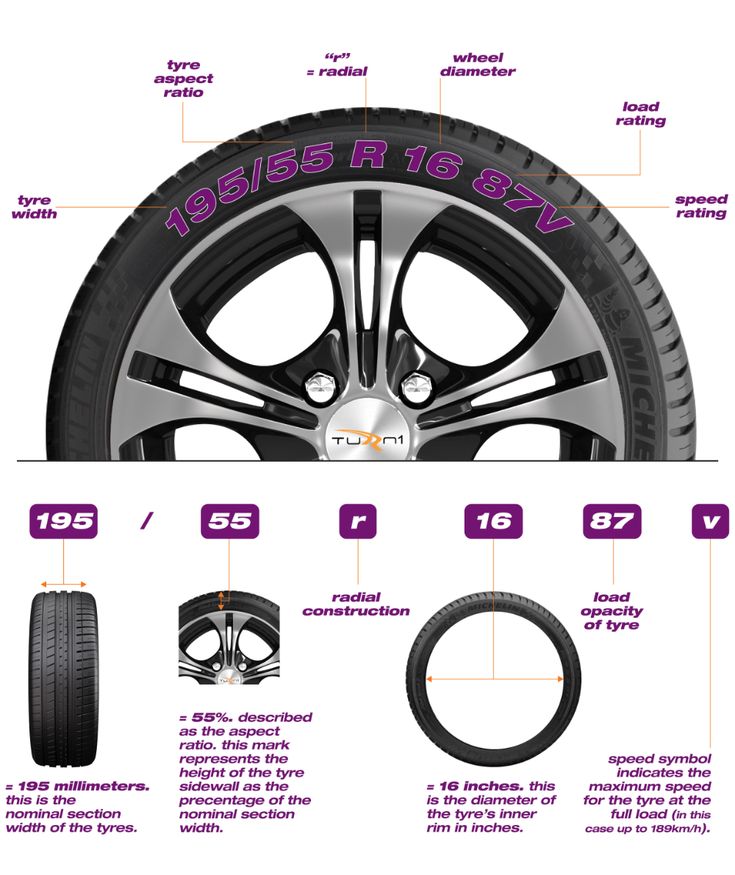 Worse grip and cornering stability;
Worse grip and cornering stability;
2. Properly selected width. No distortion and the tire works properly;
3. "Dome". Too wide rim. The sides are too wide, the tire absorbs less impacts on obstacles, the handling in corners is worse, the side spikes are easier to cut.
Schwalbe believes that some tires are intentionally made narrower because they will "stretch" after a few rides.
What will happen if you put a wide tire on a narrow rim, we figured it out. But what if the rider wanted to get a little more width by replacing the rim with a wider one? Kenda replied:
“Any 1mm deviation from the recommended rim width (whether + or -) will cause the tire to gain or lose 0.4mm in width.
Example: A 2.20" (56mm) tire needs to fit on a rim with an inside width of 24mm, but was chosen to fit on a rim with an inside width of 29mm. As a result, the tire width will be 58 mm, which is closer to 2.30". turn."
Schwalbe table according to ETRTO standard:
62mm fits 2.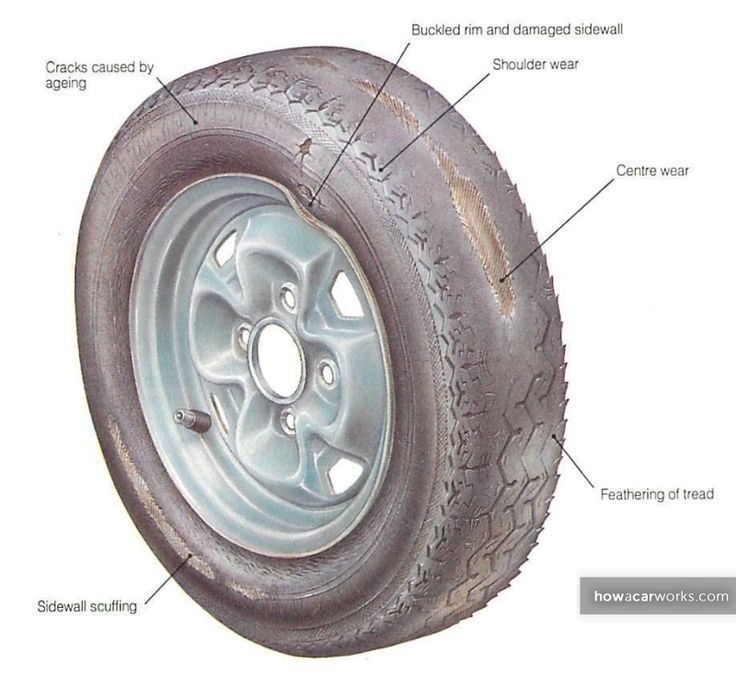 44" tires no larger standard. So far.
44" tires no larger standard. So far.
Some calculations from BikeRumor: colleagues concluded that the width of the rim should be 32-70% of the width of the tire, according to the table above. For a 2.8″ tire, this is a rim from 23 to 49 mm. The ideal width that does not distort the tire, given everything written above, starts at 35-40 mm. Warning: using this calculation, you select everything at your own peril and risk. The people who did it are not responsible.
What about fat bikes? : from
Using the formula above, we can say that for a 4.0" tire, rims from 34 to 71 mm will be ideal. There are many options, play to your health, the manufacturers have taken care of everything.
fat bikes are not as relevant.Tim Krueger, of the fledgling Terrene Tire, says tire pressure on fat bikes will help absorb the hardest hits without harming the rim. • Your choice is narrower.
Industry Nine people talk about 4.8" and 5.0" snow tires on 90mm rims.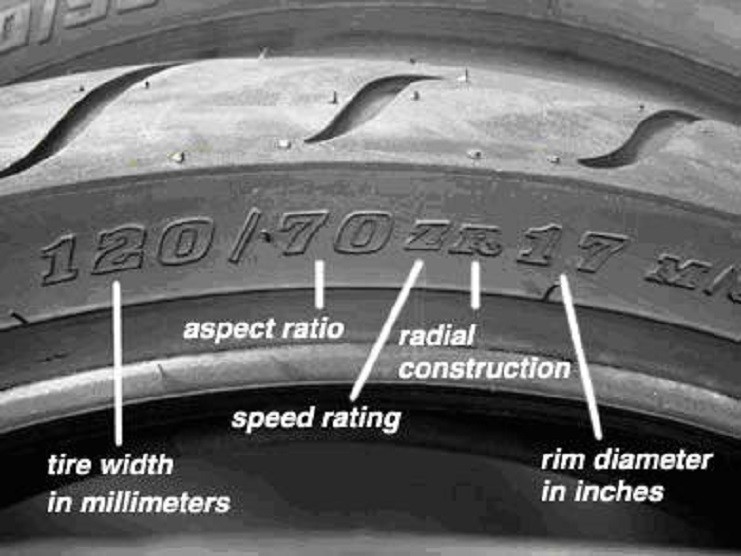 75-80mm rims will fit the more common 3.8" and 4.0" tires. In summer, it is better to choose 50 mm rims and pump up the wheels harder.
75-80mm rims will fit the more common 3.8" and 4.0" tires. In summer, it is better to choose 50 mm rims and pump up the wheels harder.
Total?
Whatever the purpose of the bike, the width of the rim should be 50-65% of the width of the tire. It is best to go to a shop where you can install tires on the rim and see all this disgrace live. Or write to the manufacturer.
Thanks to Baikrumor for the article and to you if you are reading this.
Here the rules for posting have been published, let's not forget them and together we will make the resource better!
And you can always find them under the blog selection options (as practice shows, not everyone notices):
contents
This code is expressed as follows: first there are 2 digits indicating the width of the rim in millimeters, followed by a dash, and then another 3 digits indicating the diameter of the rim in mm. 26" bikes are 559 in diametermm; those 27.5”, 584 mm; and 29-inch 622 mm.
26" bikes are 559 in diametermm; those 27.5”, 584 mm; and 29-inch 622 mm.
RECOMMENDED DISC WIDTH ACCORDING TO TIRE SIZE
| rim width | Minimum tire width | tire width |
|---|---|---|
| 4.5 Pulgadas | 145 mm | 165 mm |
| 5 Pulgadas | 155 mm | 185 mm |
| 5.5 Pulgadas | 165 mm | 195 mm |
| 6 Pulgadas | 175 mm | 205 mm |
Some disadvantages of oversized wheels. As we can see, there is a decrease in driving agility. Increases the rolling resistance of the fluid. General characteristics are lost if the engine is not powerful.
There are technical studies that show that wide tires have less rolling resistance. In addition, a tire with a large ball absorbs bumps in the terrain better, which will give you more comfort on the bike.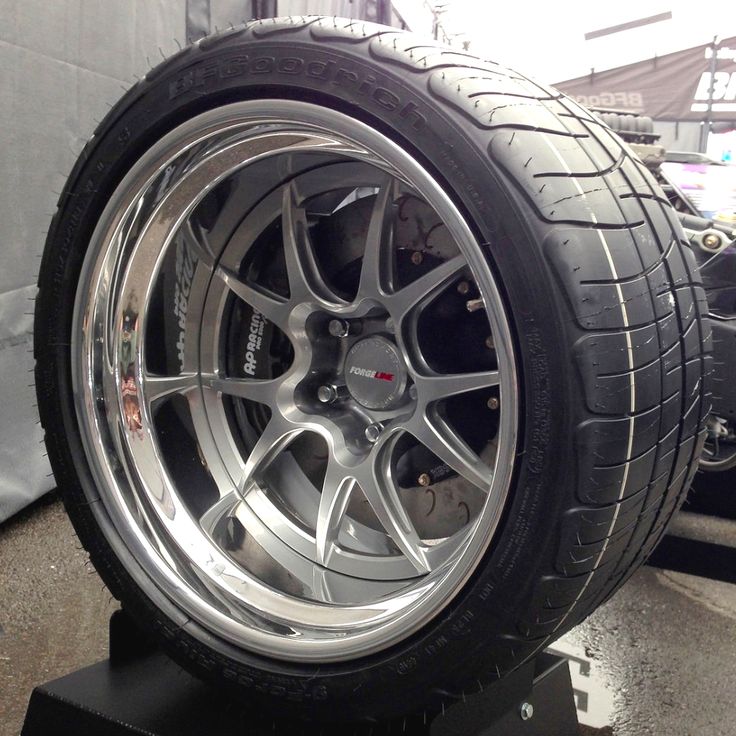
Equivalence table
| rim width | minimum tire width | tire width |
|---|---|---|
| 5.0" | 155 mm | 185 mm |
| 5.5" | 165 mm | 195 mm |
| 6.0" | 175 mm | 205 mm |
| 6.5" | 185 mm | 215 mm |
Light Truck Tire Diameter Comparison
| Approximate Diameter (Inches) | LT-metric |
|---|---|
| Series 75 and Series 70 | |
| 35 | LT305 / 70R18 |
| LT285 / 75R18 | |
| 34-1/2 | LT315 / 70R17 |
Driving with tires of different sizes, designs, load capacities or speeds can be dangerous for you and other road users. It is best to always follow the manufacturer's specifications or consult with a tire specialist.
It is best to always follow the manufacturer's specifications or consult with a tire specialist.
Find your tire size in your car owner's manual or on your car door. Find information in your vehicle's owner's manual in the glove compartment or on the tire information label on the driver's side door.
Low profile tires also provide better “touch to the car”, the driver has better control of the car and can better predict its behavior. Also, the wobble is much less noticeable.
Adding inches to the wheel diameter for wider, smaller aspect ratio tires can improve your vehicle's performance, including handling and stability.
The first number (205/55 R16) refers to the width of the rim and this measurement is given in millimeters, the second number (205/55 R16) is the profile or appearance and indicates that it has a height corresponding to 55% As for the width , this means that the profile size for this rim is 112.75mm.
At the same time, a 28mm tire would add extra weight, which would increase the wheel's rotational speed, degrading acceleration. In terms of comfort, 25mm is more comfortable than 23mm. If we discard 28 for the reasons already mentioned, then 25 mm is ideal.
This is the distance in millimeters from the most protruding part of one side of the tire to the other (assuming it is mounted on the correct rim and with the correct pressure). In this example, the number 225 means that your section is 225 millimeters or 22.5 centimeters wide.
In this example, the number 225 means that your section is 225 millimeters or 22.5 centimeters wide.
The first number is the total tire diameter in inches when inflated to maximum pressure. The second number is the tire tread width in inches. The third number, again preceded by the "R" for radial, is the diameter of the wheel, the same as the metric size.
Tires 2.75-17 are equivalent to 80/90 tires. Tire nomenclature As with automobiles, motorcycles have the first digit terminated by a zero (0) when the size is measured in millimeters, such as 120/70 R17.
H - Speed index. This means that the maximum allowed speed is 210 km/h.
Always install new tires on the rear axle. On front-wheel drive vehicles, the best tires should also be mounted at the rear.
This can affect the ABS system, speedometer and odometer.
ABS systems monitor tire rotation speed using separate sensors, so changing to larger and larger diameter tires will cause the wheels to rotate at a relatively slower speed.
Replacing just one wheel will make the vehicle's tread uneven, resulting in insufficient wear, which will eventually lead to instability over miles. In addition, in this case, the tires will accelerate their wear. We must always change at least two wheels of the same train.
In the case of 4x100 discs, they consist of 4 screws and a spacing of 100 mm. However, the way you measure the distance between screws is often measured incorrectly. Many people measure this distance between screw and screw on the left or right.
The height to width ratio or profile of a tire is the height of the sidewall expressed as a percentage of the width.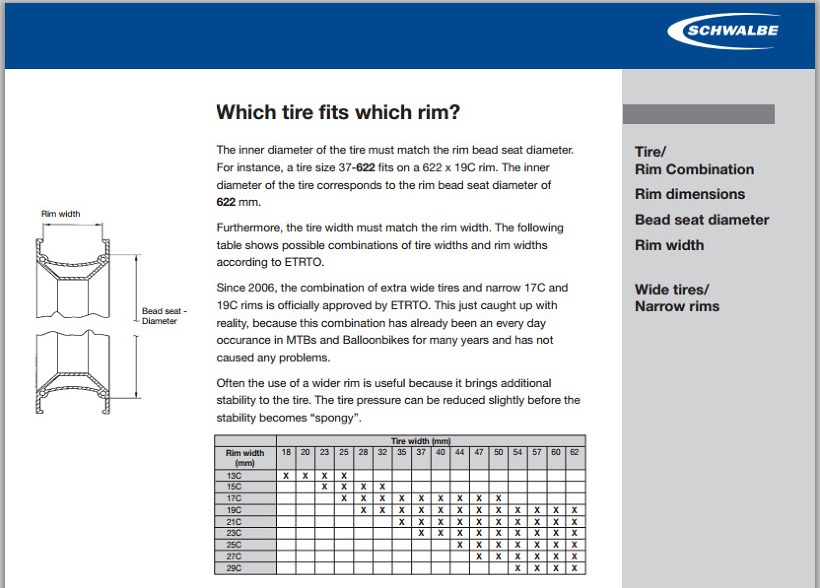 In our example, 55 means that the height is 55% of the width of 195mm. The higher the height to width ratio, the larger the side.
In our example, 55 means that the height is 55% of the width of 195mm. The higher the height to width ratio, the larger the side.
To calculate the overall wheel diameter, multiply the sidewall height by 2 (remember that the sidewall is in two parts, the side above the rim and the side under the rim - the one that touches the road) and add the rim diameter.
Low profile tires are great for hard braking and cornering on dry roads, but a taller sidewall with a smaller rim will give you more flexibility and traction on uneven surfaces like snow, mud or asphalt.
Recommended rim width depending on tire size
| rim width | Minimum tire width | ideal tire width |
|---|---|---|
| 5 Pulgadas | 155 mm | 165 or 175 mm |
| 5.5 Pulgadas | 165 mm | 175 or 185 mm |
| 6 Pulgadas | 175 mm | 185 or 195 mm |
6.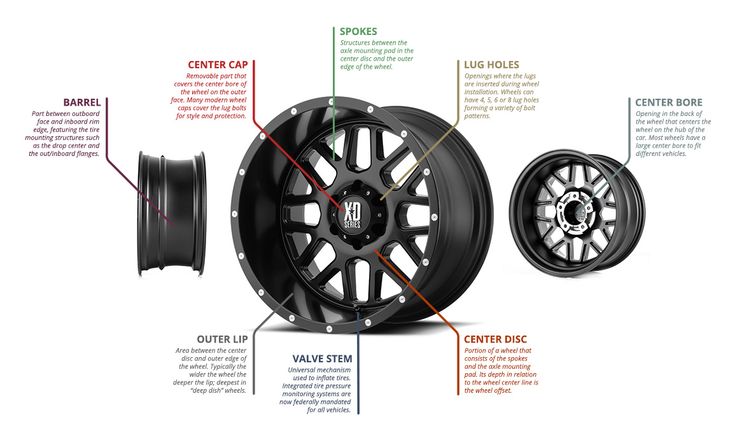 5 Pulgadas 5 Pulgadas | 185 mm | 195 or 205 mm |
The world's largest tire is 63 inches (to give you an idea, most cars have 16, 17 or 18 inch wheels). Manufactured by Goodyear under the trade name RM-4A+ and the size 59/80R63 means it is as tall and heavy as an elephant.
While a few years ago most professional cyclists used 23mm tires, today 25mm is the standard.
The vast majority of professional road cyclists enjoy racing with 40mm or larger wheels. This measurement refers to the high profile of the wheel, ideal for driving at high speeds on flat terrain.
If you go on a tour of the race, you will see that the vast majority of the professional peloton tend to ride 24-25mm tires, and on regular stages even use 26-28mm tires on special occasions.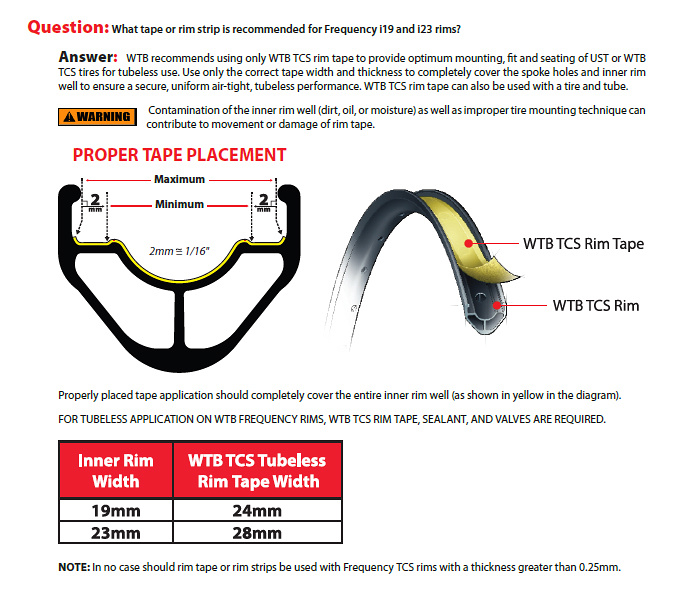
What is the difference between 28 and 29 inches? The most stupid answer to this question would be to say that the difference is exactly 1 inch. Another answer: there is no difference. Both tire sizes have the same inner diameter of 622mm and can therefore be fitted to the same rims.
Leaving aside the characteristics that each wheel gives us, the use of a 26" wheel is recommended for people up to 1.70 m tall. On the other hand, the use of a 28" wheel is recommended for people taller than 1.70 m.
The 29 and 700 rim diameter is the same, 622, but I don't know if there is something to consider regarding the rim. Someone tried? Power, you can (yourself). Depending on the width, it’s not ideal, but in general, and if you don’t overdo it, then it works.
Procedure: Measure the overall diameter of the ring (T) from its outer ends in millimeters.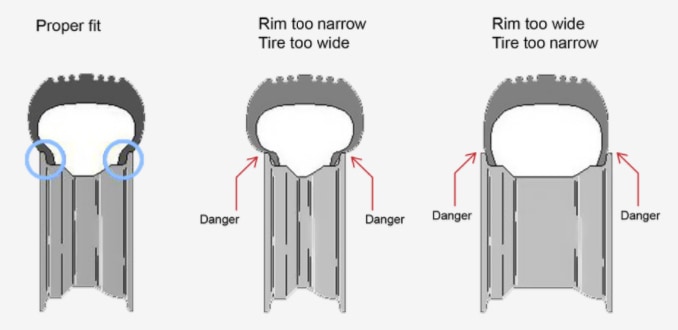 To find the diameter, it is proposed to slightly move one of the ends of the tape and find the largest measurement. Repeat the diameter measurement at different points on the rim and calculate the average.
To find the diameter, it is proposed to slightly move one of the ends of the tape and find the largest measurement. Repeat the diameter measurement at different points on the rim and calculate the average.
Next, we share with you the first tire classification so that you can start to get acquainted and choose the one that suits you best.
Less Shock: Because the rear tire is wider, vibrations and bumps from road travel are better absorbed, protecting the suspension and various systems of the motorcycle.
Comparative
| Tire size | Equivalent to | Diameter |
|---|---|---|
| 265 / 70R18 | 32.6X10.4P18 | 32.6″+2.5% |
| 285 / 65R18 | 32. 6X11.2P18 6X11.2P18 | 32.6″+2.5% |
| 33X12.5P18 | 33Х12.5Р18 | 33″+3.8% |
| *33X13.5R18 | 33Х13.5Р18 | 33″+3.8% |
It measured 27 x 8.50R14 in MT, equivalent to 215/75R14. Tire shop.
(0% increase).
OVATION VI-186MT 33×12.50R20 114Q.
| Marca | ovation |
|---|---|
| Measurement | 33×12.50R20 |
| Load index | 114 (1180 kg) |
| Speed index | Q (160 km/h) |
Tire size equivalence
| old measures | Alpha encoding | |
|---|---|---|
| 2.50/2.75 | 3.10 | MH90 |
| 3.00/3.25 | 3.60 | MJ90 |
| 3.50 | 4.10 | MM90 |
4. | ||